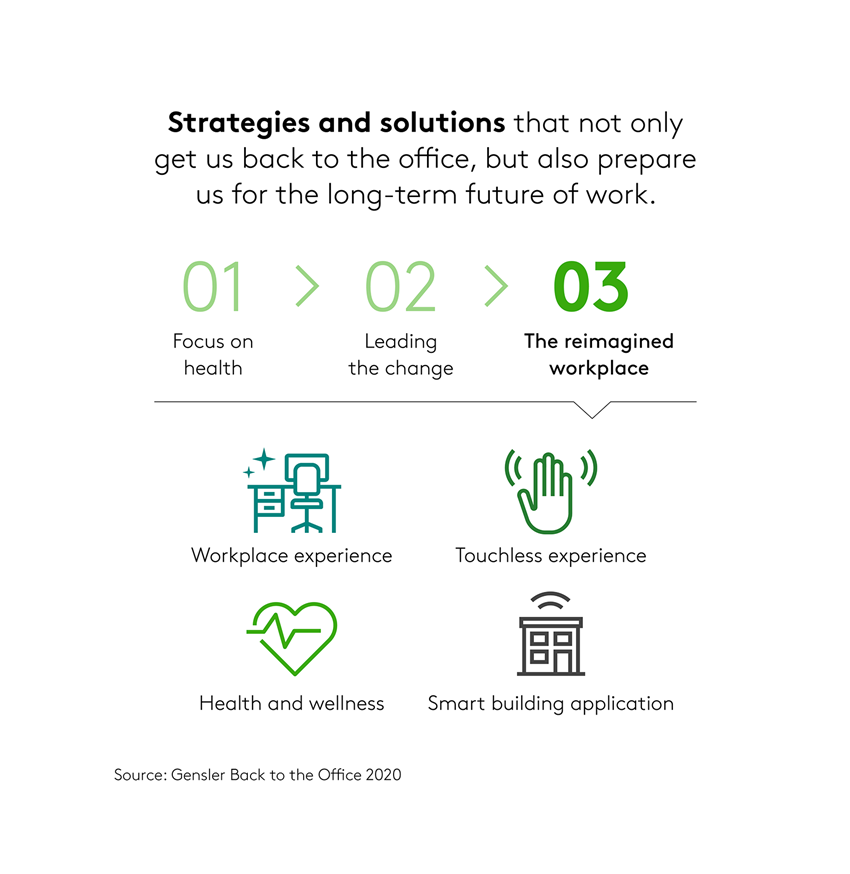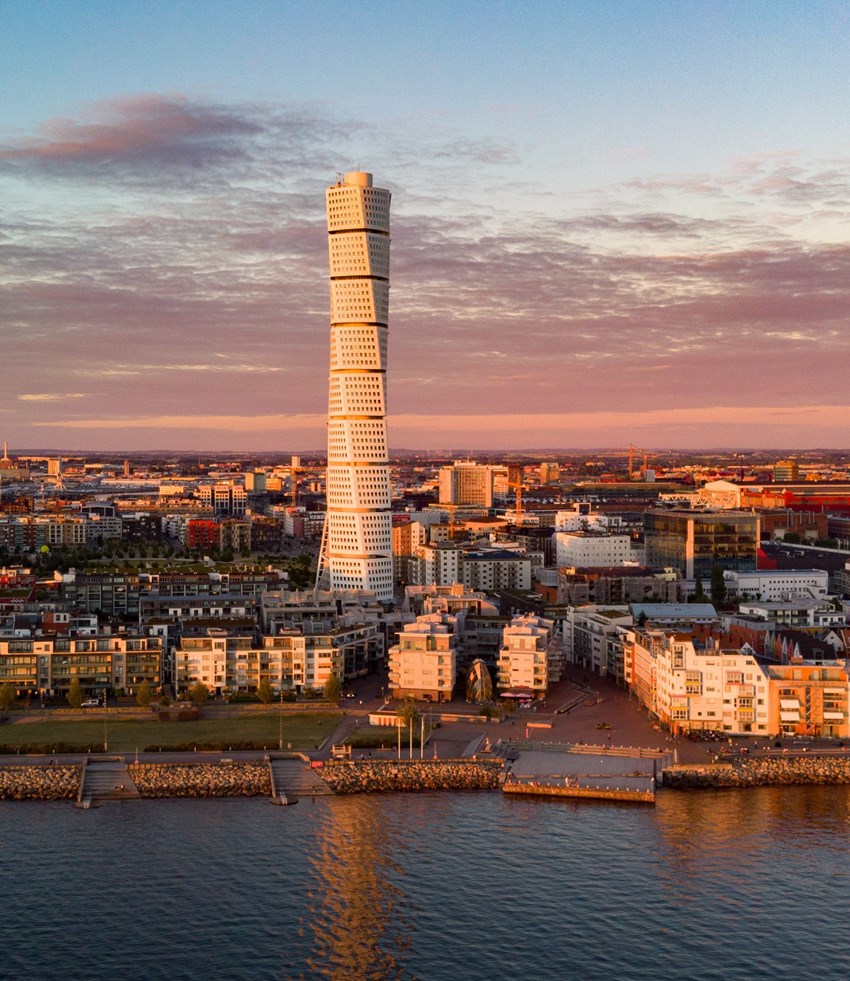The new office design

Designing an office for the future
Expectations on returning to a safe workplace are soaring, allowing for social distancing and improved building automation: door handles, faucets, high tech equipment, ventilation and lighting controls are some of the functions we want to avoid touching. At the same time the post pandemic office is believed to be a place for interaction and team work, a social hub and the heart of knowledge sharing. All this puts new pressure on architectural design which for instance will now need to consider multiple entrances and exits, functional flows, zones, building in building technologies etcetera.
To deliver on all expectations there are several refurbishment trends to be inspired by, but a new layout will not be the single solution, nor will the indoor climate be so. Nonetheless, ventilation and air quality will be the most challenging task in the new office era. Clear emphasis should be put on achieving optimal indoor environmental quality since it has a measurable positive impact on cognitive performance, strategic thinking and well-being.
Sources: Whitman, Clayton (2020) A look into the workplace post-covid 19: the “anti office” | Architect Today (2021) Going touch free | Mattson, Jan. Fastighetsnytt (2021) Arkitektur post covid: hur ska arbetsgivarna locka tillbaka personalen till kontoret? | Rosenbaum, Eric. CNBC (2021) Amazon’s top doctor on why air quality is the biggest workplace health challenge of this century
New office layout, new criteria for the indoor environmental quality
Sources: Wilson, Mark. Fastcompany (2020) Our offices will never be the same after covid-19. Here is what they could look like | WSP (2021) How will covid-19 change demand for office space? | Morgan, Kate (2021) What is the purpose of the office – and do we still need it? | Viscus Partners (2021) 6 office space trends for 2022
The office needs to be a balanced workplace which supports people in all aspects of their livesMorgan Lovell (2021) The balanced workplace and the office of the future
An office location or a place for success?
The office location has become a subject of discussion as workplace mobility is assumed to become the new normal. Some people are more reluctant to long time commuting and many have found a new work life balance not to dispense. Therefore, some argue that a number of attractive offices might be opening in the suburbs, closer to the employees. The city office then becomes more of a brand statement, a place to appeal and retain talents and customers, to expose products and reflect company values. While some believe in this “hub and spoke”-model, others strongly believe in the survival of the downtown workplace, but with a bit of change. The conception of business districts are believed to become more varied. Offices are thought to be increasingly mixed with apartments, gym and other amenities, wining and dining. Entire areas will turn into highly accessible and vibrant zones of everyday life, destinations with a purpose worth visiting, sometimes called 20-minute neighbourhoods.
No matter the location, creating successful new offices in one shape or another is not just about making change. It will require a new mindset as tenant character may change in a more rapid pace, when competence rather than attendance is hired and the expectations of four generations will influence everything about the workplace. It will be important to get the “placemaking” of the office right, and flexibility is definitely the key to quickly adapt to changing circumstances.
Read our blog Flexibility - a winning concept
Sources: Robinson, Bryan. Forbes (2021) ‘Hub-and-spoke’: the new office model of the future, expert says | Enterprise Nation (2021) Future office: how to shape well-being and work
